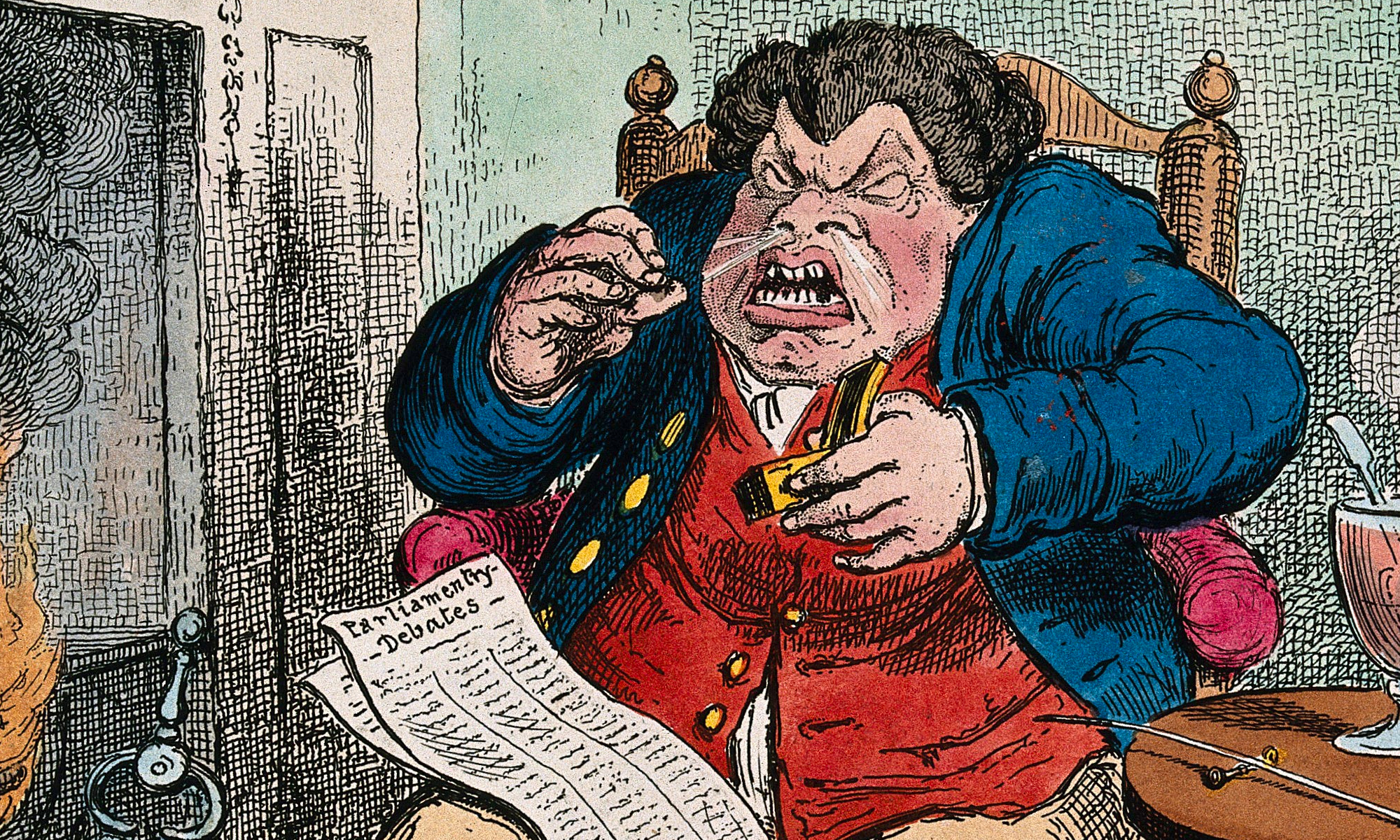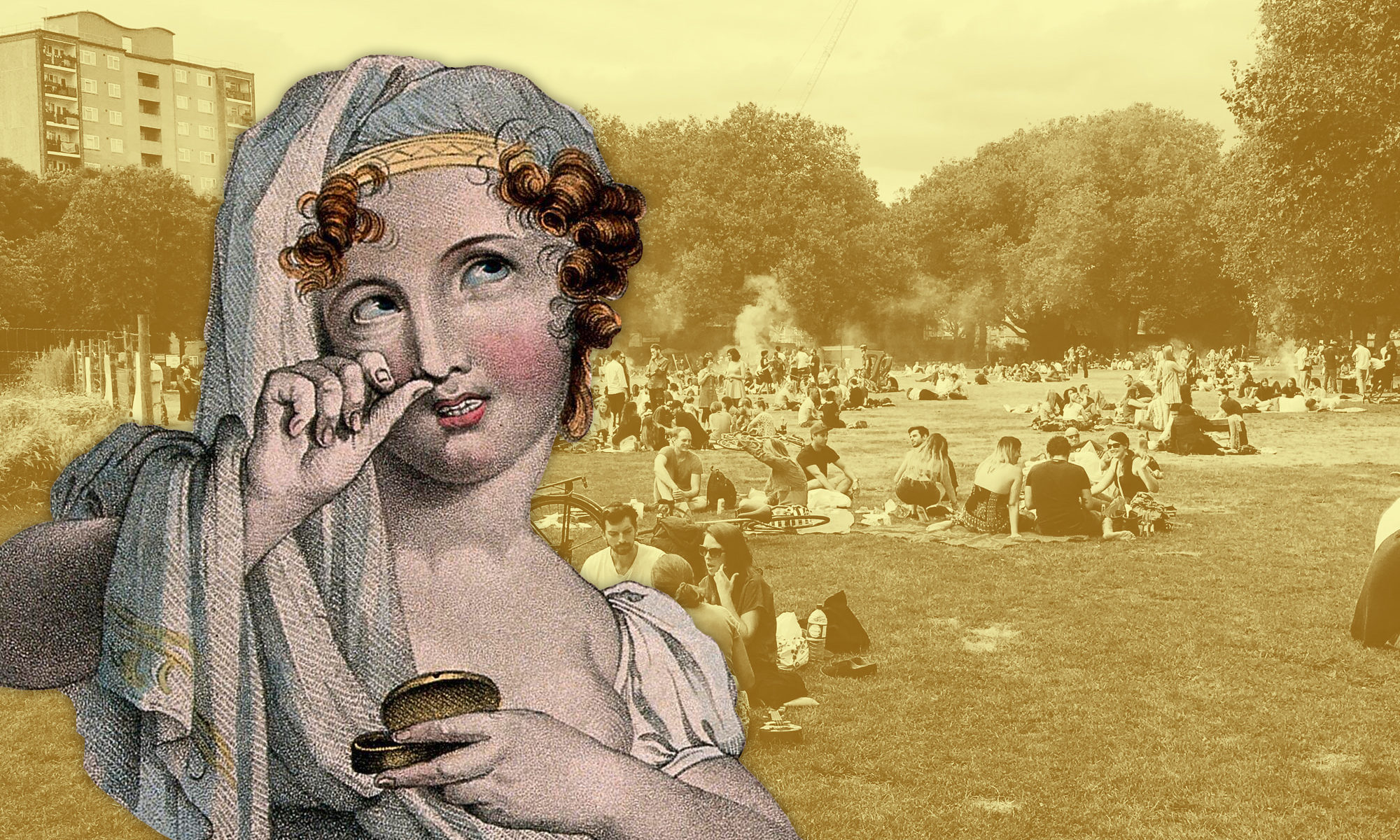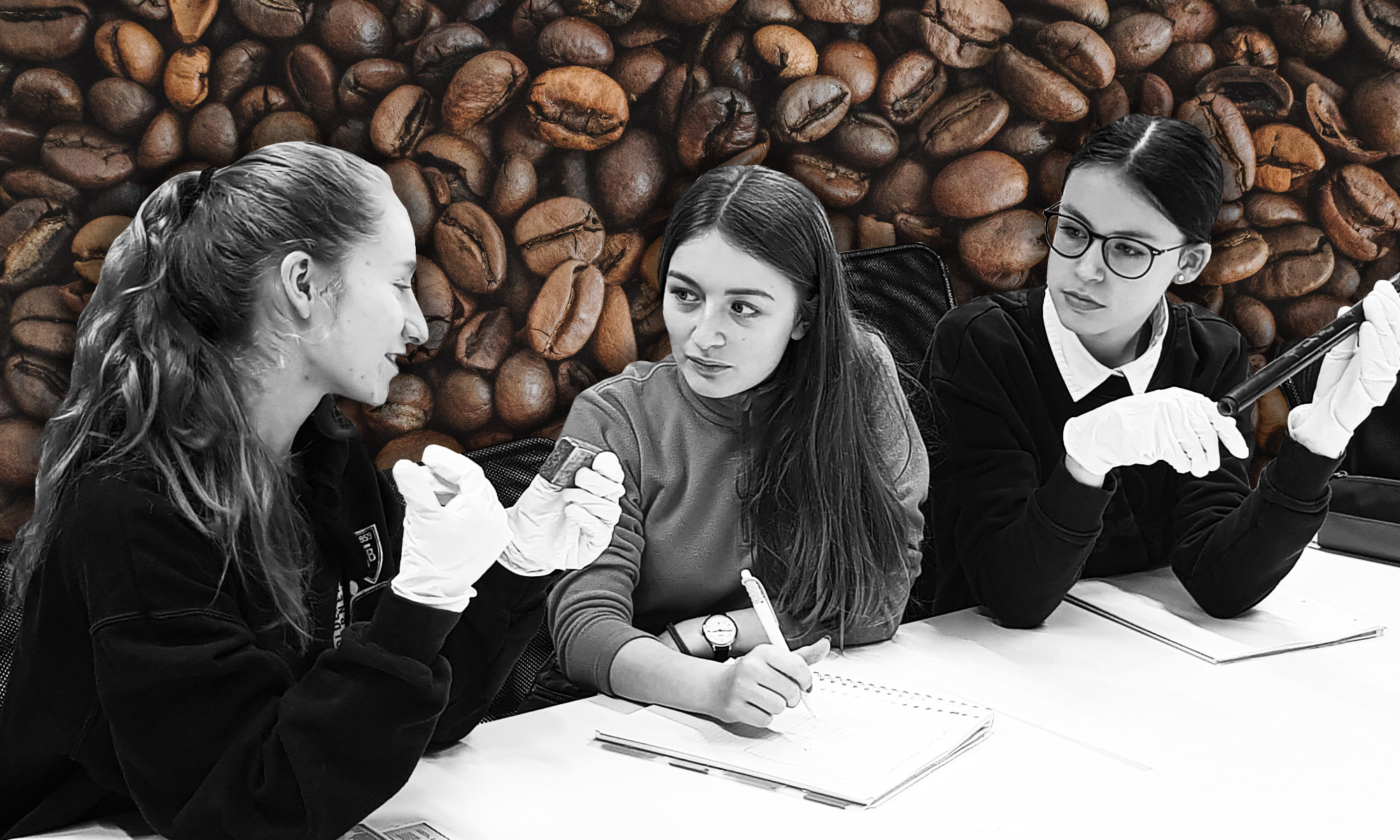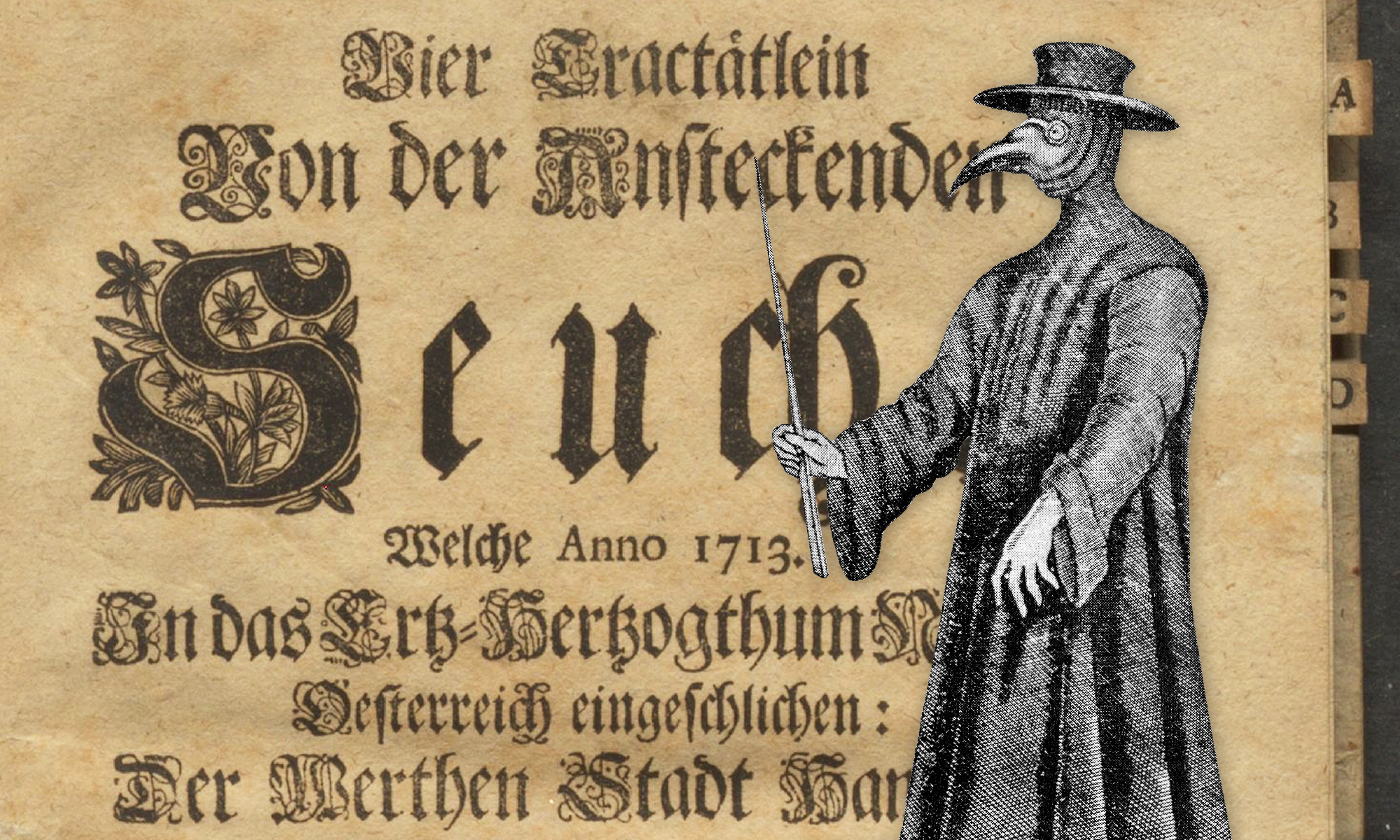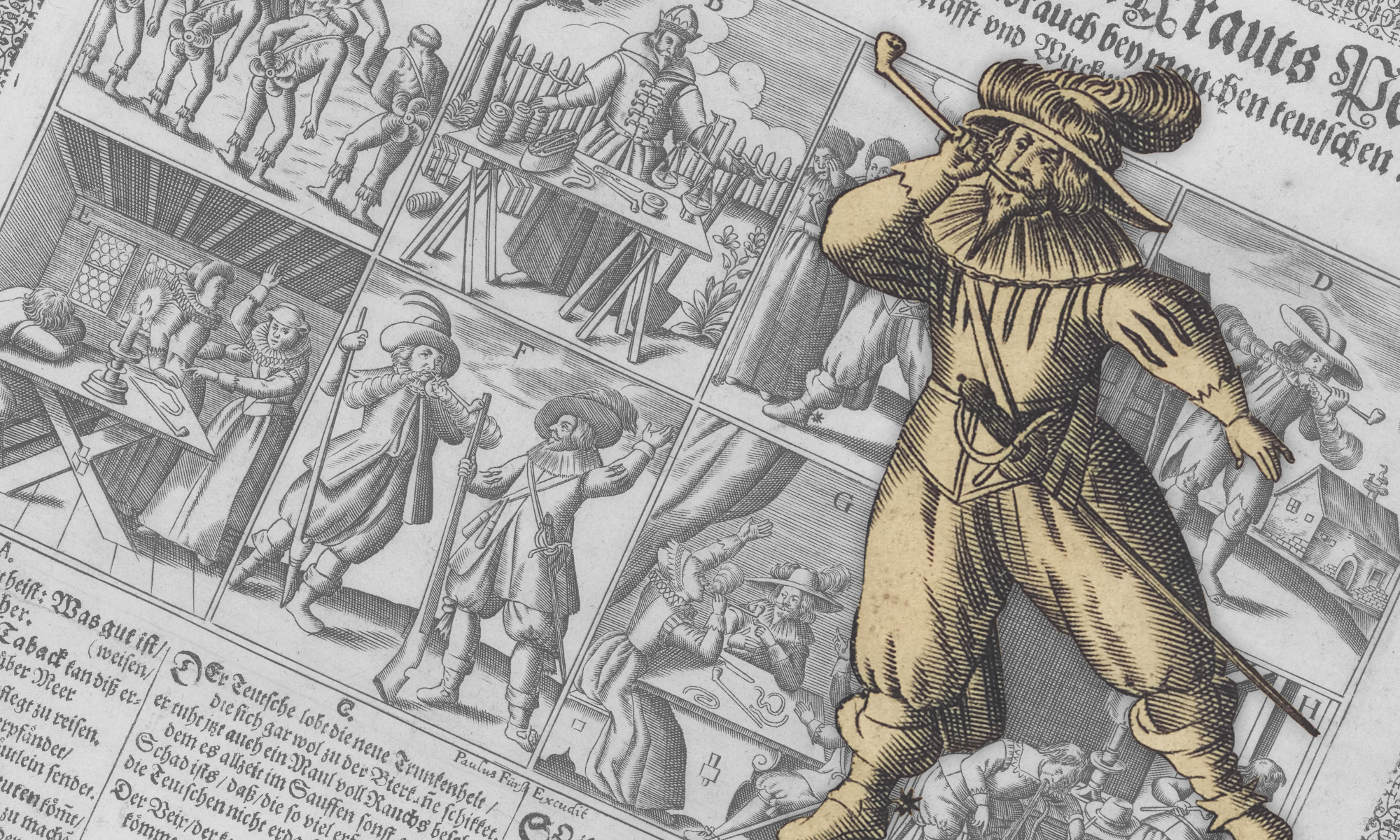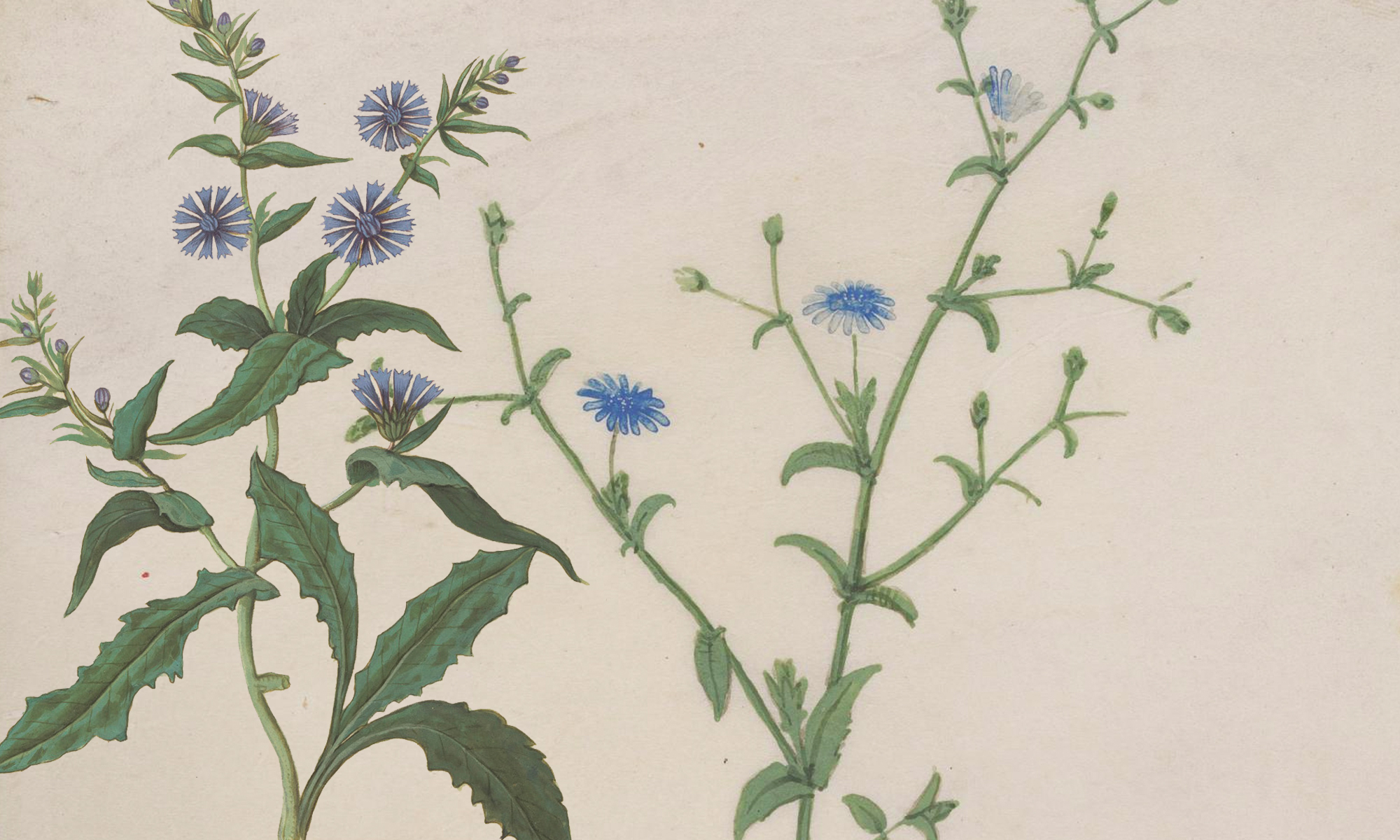Intoxicating substances are part of everyday life, especially during social interactions. At the same time, pressure on space in urban regions and cities is great; not only today, but also in the past. How do cities and urban populations past and present accommodate drug consumption and negotiate public space use? Whose voices are heard when it comes to policymaking about public space and substance use? Moreover, what happens when you bring historians, criminologists, political scientists, anthropologists, and practitioners from drug work together to discuss these questions? Back in October we gave it a try and invited experts from different backgrounds to join in a horizon-widening discussion based upon the fast-talk method, a focused and time-limited discussion designed to generate policy-relevant information.
Continue reading “Swings and Syringes: Intoxication and Public Space”
